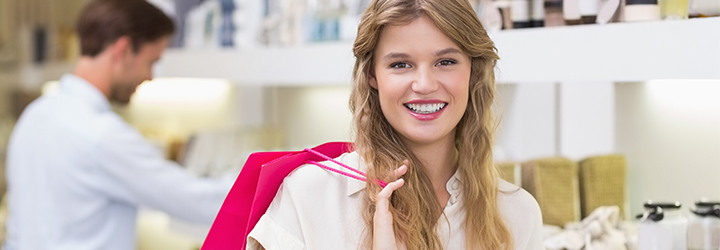The beauty retailing environment has undergone revolutionary changes over the past years, from the omni-channel approach to retailing, to department stores revamping their beauty sections, and to the rise of boutique beauty retailing. While specialty stores are one of the leading and fastest-growing channels for beauty, boutique beauty retailers are the shining stars, bringing to consumers unique sensorial experiences while learning more about their preferences, needs, thoughts, and passions.
Personalization and superior customer experience allowing customers to fully immerse themselves in the brand are what makes brands stand out, as well as keep their customers coming back, finds the recently published U.S. volume of our Boutique Beauty Retailers: Channel Analysis and Opportunities report. Brick-and-mortar locations allow brands to bring their philosophy to their own stores, enabling consumers to fully immerse themselves in the brand. Makeup retailers, such as NYX, focus on digital innovation with augmented reality while naturally positioned retailers, such as Kneipp, focus on highlighting their philosophy of clean ingredients.
Some examples stand out, such as the recent entrance of Innisfree, which provides the experience of Juju Island in New York City locations, while Aesop’s artful décor reflects its neighborhood location.
Natura Brazil tests the U.S. market with the opening of its stores while rapidly expanding Aesop locations. However, not all boutique retailers have faired in the arena. Bare Escentuals closes 100 doors in the United States in 2018, while Kiko Milano files for bankruptcy, closing almost all of its doors.
However, the retailing revolution is global and shows no signs of slowing down. Kline’s Beauty Retailing in China: Analysis and Opportunities in the Direct Sales and Specialty Channels report gives insights into the Chinese beauty retailing environment where sales in the cosmetics and toiletries retail industry are being driven by the booming e-commerce channel, which is changing the market’s distribution structure along with consumer behavior.
Just like in the United States, many leading players from both the direct sales and specialty stores channels are transforming or enhancing their business models. Oriflame is focusing on online shopping due to booming sales of its e-commerce channel while vertically integrated stores, such as Dr. Plant, provide in-store professional beauty associates who can spend up to half an hour with a customer.
E-commerce is the biggest driver and fastest advancing segments in China, driven by e-commerce giants, such as Tmall, JD, and VIP. Tmall has attracted a majority of local and global beauty brands, becoming the go-to search engine of online shopping and holding almost a 44% share of total online cosmetics sales in China, contributing to the 33% growth of the country’s online channel.
Kline is also looking forward to publish the Japan volume of our Boutique Beauty Retailing: Channel Analysis and Opportunities report, profiling key retailers such as Aveda, Lush, MAC, Missha, Shiseido, Shu Uemura, and more. Furthermore, our Beauty Retailing: U.S. Channel Analysis and Opportunities is on its way, delivering insights on the latest developments for all U.S. beauty purchase channels and their respective sub-channels.

